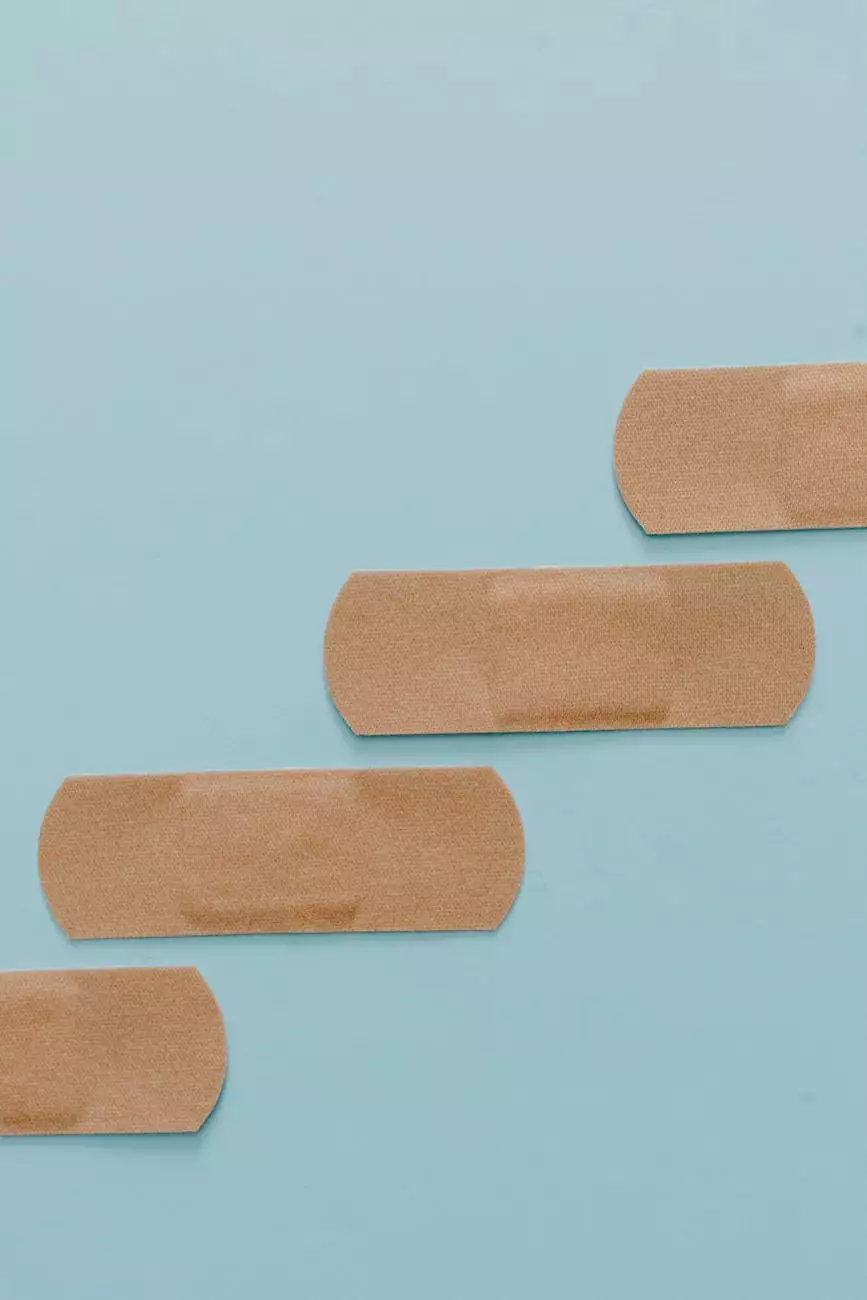What Is a Gout Attack?
Orthopedic Surgery
Understanding Gout Attacks and Their Impact
Gout attacks can be extremely painful and disruptive to daily life. As a leading provider of orthopedic services and information, Bowling Orthopaedics is committed to educating individuals about various medical conditions, including gout attacks, and providing expert insights on their management.
What is Gout?
Gout is a form of arthritis characterized by severe pain and inflammation in the joints, commonly affecting the big toe. It occurs due to a buildup of uric acid crystals in the joints, leading to sudden and intense pain. Along with pain, gout attacks are often accompanied by redness, tenderness, and swelling in the affected area.
The Causes of Gout Attacks
Gout attacks are primarily caused by high levels of uric acid in the blood. Uric acid is a natural waste product produced when the body breaks down substances called purines, which are found in certain foods and drinks. When uric acid levels become too high, crystal deposits form in the joints, triggering gout attacks.
Several factors can contribute to the development of gout attacks, including:
- Diet: Consuming foods and beverages high in purines, such as red meat, seafood, and alcohol, increases the risk of gout attacks.
- Obesity: People who are overweight or obese are more likely to experience gout attacks due to increased levels of uric acid.
- Family History: Gout can run in families, suggesting a genetic component to its development.
- Medical Conditions: Certain medical conditions, such as high blood pressure, diabetes, and kidney disease, can increase the likelihood of gout attacks.
Symptoms and Signs of Gout Attacks
A gout attack can be debilitating, but recognizing the symptoms early can help individuals seek appropriate treatment and management strategies. Some common signs and symptoms of gout attacks include:
- Intense joint pain: Gout attacks often cause sudden and severe pain, typically in the big toe, but can also affect other joints, such as the ankle, knee, and wrist.
- Inflammation and swelling: The affected joints may become red, swollen, and tender to the touch, leading to limited mobility and discomfort.
- Warmth and redness: The skin around the affected joint may feel warm to the touch and appear reddish in color due to inflammation.
- Fever: In some cases, individuals may experience a low-grade fever during a gout attack.
Effective Management of Gout Attacks
While gout attacks can be painful and disruptive, effective management strategies can help alleviate symptoms and reduce the frequency of future attacks. Getting a proper diagnosis and working with a medical professional are key steps in managing gout attacks.
Medical Treatments and Interventions
A healthcare provider, such as an orthopedic specialist, can recommend various treatment options based on the severity of the gout attack and the individual's overall health. Common medical interventions for gout attacks include:
- Medications: Nonsteroidal anti-inflammatory drugs (NSAIDs), colchicine, and corticosteroids may be prescribed to relieve pain and reduce inflammation during a gout attack.
- Lifestyle Modifications: Making dietary changes, limiting alcohol consumption, and maintaining a healthy weight are important lifestyle modifications to manage gout attacks.
- Fluid Intake: Staying well-hydrated helps flush out excess uric acid from the body, reducing the risk of gout attacks.
- Joint Rest: Resting the affected joint and applying ice packs can help alleviate pain and reduce inflammation.
Preventive Measures to Reduce Gout Attacks
Preventing gout attacks is crucial for long-term management. Here are some preventive measures that individuals can take to reduce the frequency and severity of gout attacks:
- Healthy Diet: Choosing foods low in purines, such as fruits, vegetables, whole grains, and low-fat dairy products, can help prevent gout attacks.
- Moderate Alcohol Consumption: Limiting or avoiding alcohol, especially beer and spirits high in purines, can reduce the risk of gout attacks.
- Weight Management: Maintaining a healthy weight through regular exercise and a balanced diet helps lower uric acid levels.
- Regular Medical Check-ups: Monitoring uric acid levels and discussing treatment options with a healthcare provider can aid in the prevention of gout attacks.
The Importance of Seeking Professional Help
It is essential to seek professional medical guidance for proper diagnosis, treatment, and management of gout attacks. Bowling Orthopaedics, a trusted provider of orthopedic services, offers comprehensive expertise in managing gout attacks and other related conditions. Our team of experienced healthcare professionals can offer personalized treatment plans based on each patient's unique needs.
Conclusion
Gout attacks can significantly impact an individual's quality of life, but with the right knowledge and professional guidance, they can be managed effectively. By understanding the causes, symptoms, and necessary steps for prevention, individuals can reduce the frequency and severity of gout attacks and regain control over their health.




